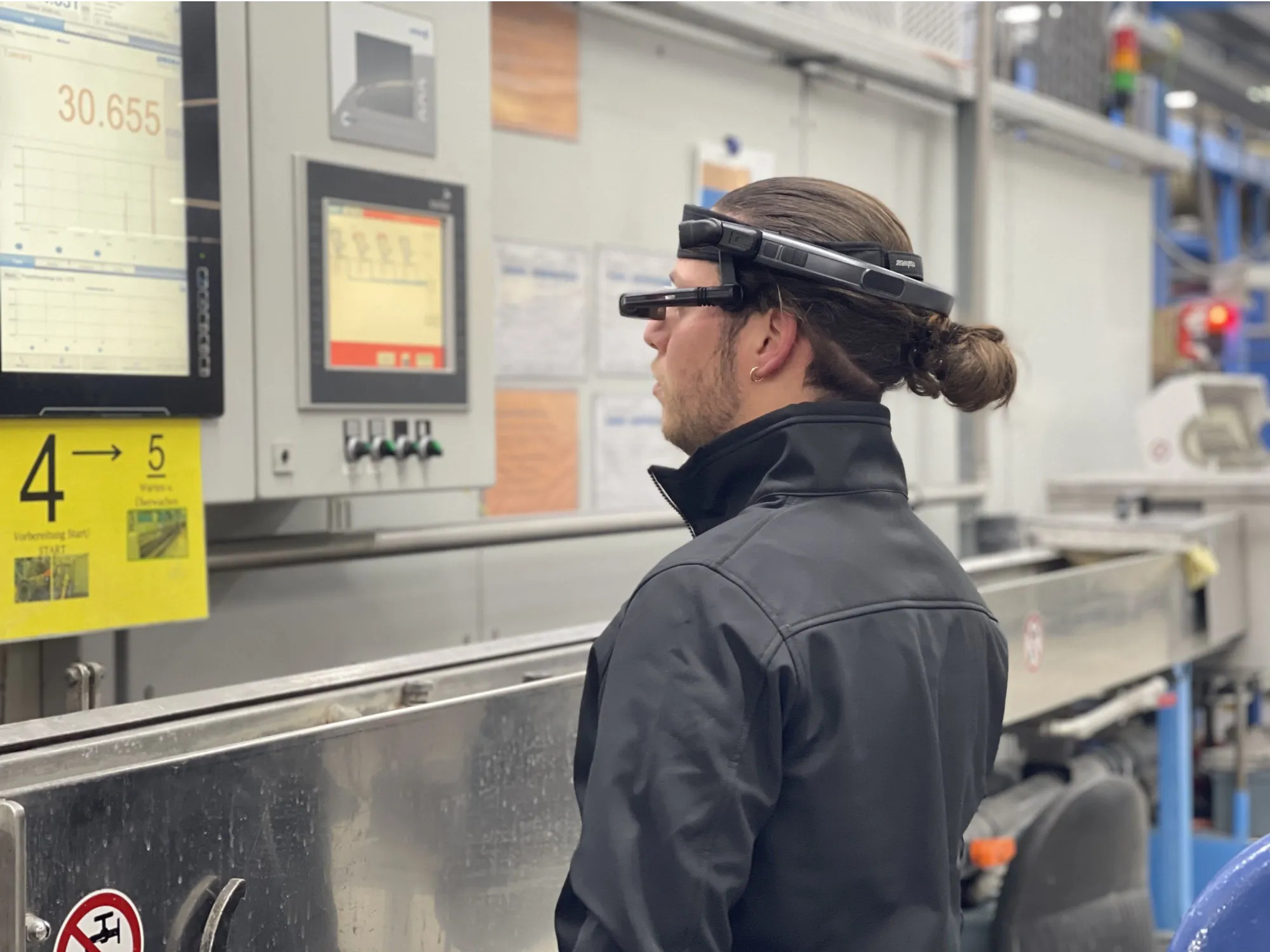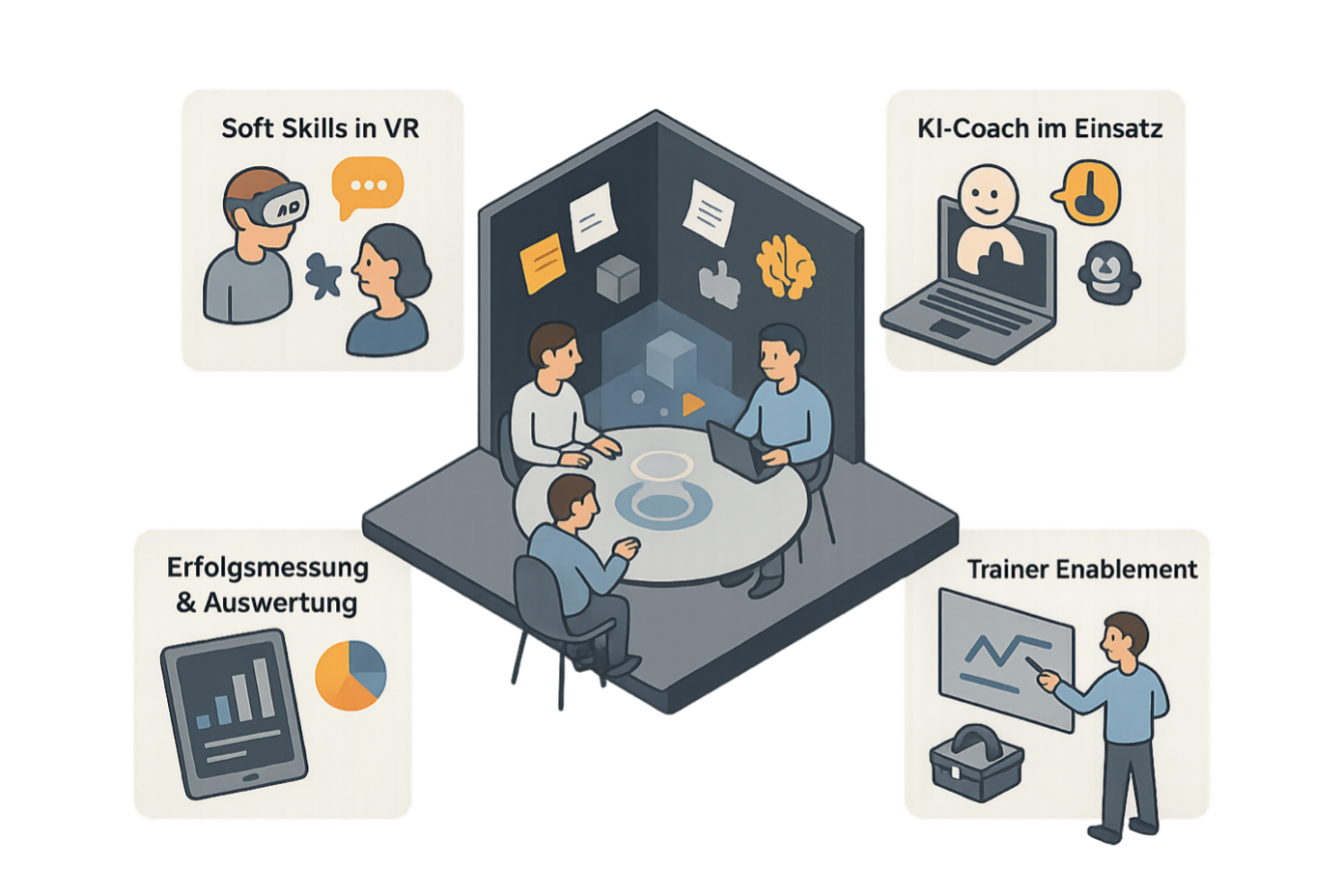Virtual reality (VR) is a powerful learning tool that has consistently shown to boost recall, long-term transfer and focus. The kind of experiential learning that VR enables is revolutionary not only in fields where access to locations and equipment is challenging but increasingly in soft skills training, too. Best of all, the VR experience can be transferred to different platforms, making learning accessible to more people. With the availability of hands-free, standalone headsets that cost less than a tablet, VR has also never been more accessible.
So, Why Aren’t We Seeing Adoption?
There are two answers to the question of why more organizations aren’t using VR in training: the perceived cost per learner and the logistics of deploying headsets on a large scale. On the surface, these issues are challenging problems. However, due to the nature of 3D development, they are far less difficult than you’d think, and there are actually a range of possibilities for creating engaging learning journeys around immersive content.
Thinking Outside the Headset
A good guiding principle for designing learning for virtual reality is to always think outside the headset. This approach involves asking questions such as:
-
- What can happen before the experience to prepare people for learning?
- If learners are in a group, what is the rest of the group doing while some learners are using the headsets?
- Experiential learning is as much about the reflection on the experience as it is about the experience. What are we doing to promote such reflection?
- How can we ensure that learners apply the lessons learned in the VR experience to actual work situations?
- What additional work do we need to do to make this training more accessible?
Think of development not simply as virtual reality development but as learning content development with 3D assets that you can deploy on different platforms to audiences with different needs. Some will receive all of it, some will receive elements of it, some may never put on a headset at all — and all will have the experience that is right for them.
What Does Effective VR Adoption Look Like?
VR Headset Experiences
Headset experiences are the flagship element of your learning deployment. They provide full immersion into a highly interactive environment. Deploy headset experiences in locations where they will have the most impact — typically in training centers, where you can shape a learning journey to support the technology.
Mobile VR
Mobile devices can run 3D environments like the ones developed for use with headsets, though they provide limited immersion and interaction. These disadvantages are offset to some extent by the ease of deployment, making mobile VR an excellent way to expand accessibility.
Web-based 3D Experiences
To widen accessibility still further, provide a cut-down, browser version of the 3D environment for learners who are in remote locations or who cannot access a headset. Organizations are using web graphics library (WebGL) technology to deliver outstanding 3D experiences, and we are only going to see more of these experiences with the increasing adoption of webVR.
Augmented Reality
For learners who need content on the job, you can trigger 3D content on their mobile devices through markers, image recognition or location tracking. This augmented reality (AR) technology is particularly effective as a job aid to support equipment training programs.
3D eLearning
You can use 3D content as the basis of engaging eLearning solutions for learners who need to take a deeper dive into technical elements. This approach may incorporate 360 scenes or interactive 3D renderings of equipment.
Engagement Campaigns
The first step to learning is preparing participants to learn, and 3D technology can power engaging social and video content or form the basis of high-impact posters.
The Takeaway for L&D
It’s easy to make the mistake of comparing web VR and mobile VR to full headset immersion, but remember that most of your learners will not be participating in the latter type of training. If they haven’t tried the headset version, their basis of comparison will typically be the standard slide-based or web based eLearning that is a mainstay of corporate training. An interactive 3D experience in the palm of their hand is a world away from the old approach and can be a compelling learning tool.
Rather than thinking of VR as a limited experience, only aimed at a privileged cross-section of learners, consider how you can reach a wider audience with your content. From the beginning of the development process, think about the different ways you can use virtual reality, and build it into your timeline.




